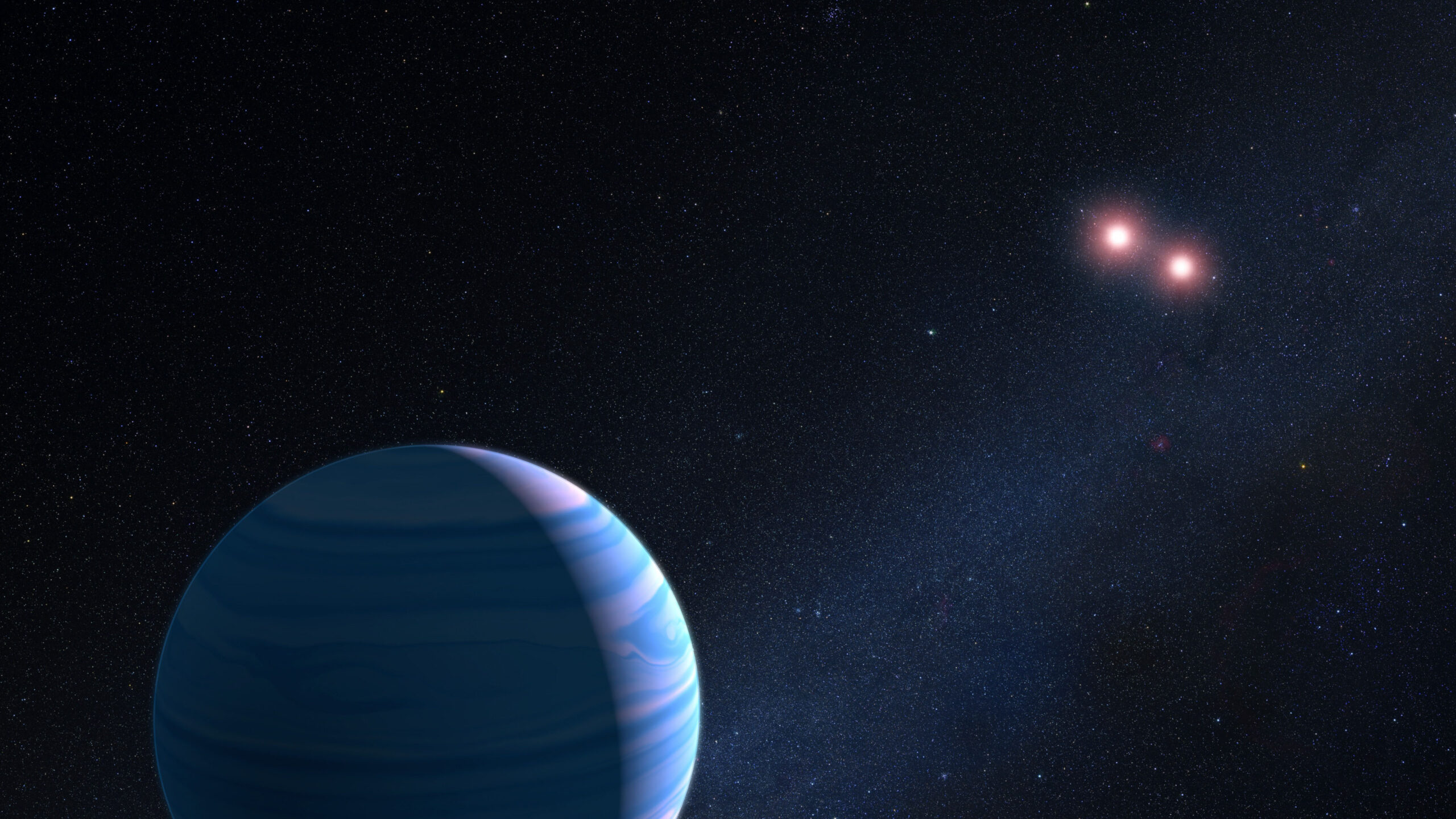Reading Time – 6 minutes, Difficulty Level 2/5
The search for extraterrestrial life has captivated the human imagination for centuries. As scientists continue to explore the cosmos, they have identified various celestial phenomena that hold promise in our quest for otherworldly beings. One such phenomenon is the discovery of transiting binaries, a celestial dance that offers unique insights into the potential existence of life beyond Earth. In this article, we will delve into the wonder of transiting binaries and explore their significance in our ongoing search for life in the universe.
Unveiling the Transiting Binary Systems
Transiting binary systems consist of two stars orbiting around a common center of mass, with one star passing in front of the other as seen from Earth. This alignment creates periodic changes in brightness, as the closer star partially obscures the more distant star during its orbit. This celestial event, known as a transit, allows astronomers to study the properties of both stars and gather crucial data about their composition, size, and distance from each other.
The Kepler Mission: A Game Changer
The Kepler Space Telescope, launched by NASA in 2009, revolutionised our understanding of transiting binaries. It scanned a portion of the Milky Way galaxy, observing over 150,000 stars and detecting thousands of exoplanets. By carefully monitoring the brightness variations caused by transits, Kepler provided a wealth of information about the characteristics of binary star systems, including their orbital periods and the sizes of their planets.
Planetary Habitability in Binary Systems
The discovery of exoplanets within transiting binaries has sparked intriguing questions regarding their potential habitability. Binary systems present unique challenges and opportunities for life to thrive. Depending on the distance between the stars and the planets, gravitational forces can have profound effects on the habitability of these worlds.
One key factor to consider is the habitable zone, the region around a star where conditions might be suitable for liquid water to exist on a planet’s surface. In binary systems, the boundaries of the habitable zone can be significantly influenced by the gravitational interactions between the stars. The varying distance between the stars as they orbit each other can cause significant changes in the amount of stellar radiation received by the planets.
Tidal Forces and Their Implications
Tidal forces, generated by the gravitational interactions within binary systems, can also play a vital role in determining the habitability of exoplanets. These forces can cause tidal heating, which generates internal heat within a planet. This heat can potentially create conditions suitable for the presence of liquid water and geothermal activity, essential ingredients for life as we know it.
Additionally, tidal forces can influence the planet’s rotation, leading to tidal locking, where one side of the planet constantly faces its star. This scenario creates extreme temperature differences between the illuminated and dark sides, posing challenges for habitability. However, the presence of an atmosphere can mitigate some of these effects, fostering conditions more conducive to life.
Binary Systems and Biodiversity
The presence of two stars in a binary system also has implications for biodiversity. The interplay of gravitational forces, radiation levels, and atmospheric conditions within these systems could give rise to a wide range of habitats and niches, potentially supporting diverse ecosystems. The dynamic nature of binary star systems might create unique evolutionary pressures, driving the emergence of life forms that differ from those found on planets orbiting single stars.
Future Prospects and the Search for Life
The study of transiting binary systems has shed light on the prevalence and diversity of exoplanets, expanding our understanding of the cosmos. As technology advances and future missions, such as the James Webb Space Telescope, are launched, we can expect to uncover even more about the potential habitability of these intriguing systems.
By characterising the properties of transiting binaries and their exoplanets, we can further refine our criteria for habitability and increase the chances of finding life beyond Earth.
Future observations will allow us to delve deeper into the atmospheric compositions of exoplanets within binary systems, searching for biosignatures – signs of life such as the presence of oxygen, methane, or other chemical imbalances that could be attributed to biological activity. The combination of advanced telescopes, spectroscopic analysis, and computational models will enable scientists to analyse the data collected from transiting binary systems in unprecedented detail.
Studying the evolution of life within binary systems can provide valuable insights into the adaptability and resilience of organisms in extreme environments. By comparing the evolutionary trajectories of life on Earth to the potential scenarios in binary systems, we can gain a better understanding of the possibilities and constraints for life elsewhere in the universe.
The wonder of transiting binaries extends beyond the scientific realm and taps into our innate curiosity about the cosmos and our place in it. The realisation that there may be countless worlds, each with their own unique conditions and possibilities for life, ignites our imagination and fuels our exploration. Transiting binaries offer a glimpse into a vast cosmic tapestry, where life could be thriving in ways that challenge our conventional understanding.
Article main image credit – NASA, ESA, and G. Bacon (STScI)
I’m the founder of The Average Scientist and also an Astrophysicist, a passionate Science Communicator and elected Fellow of the Royal Astronomical Society.
I regularly speak at various events, including our TAS Talks and theatre shows on subjects such as Astrophysics, Planetary Science and the Evolution of the Universe.








